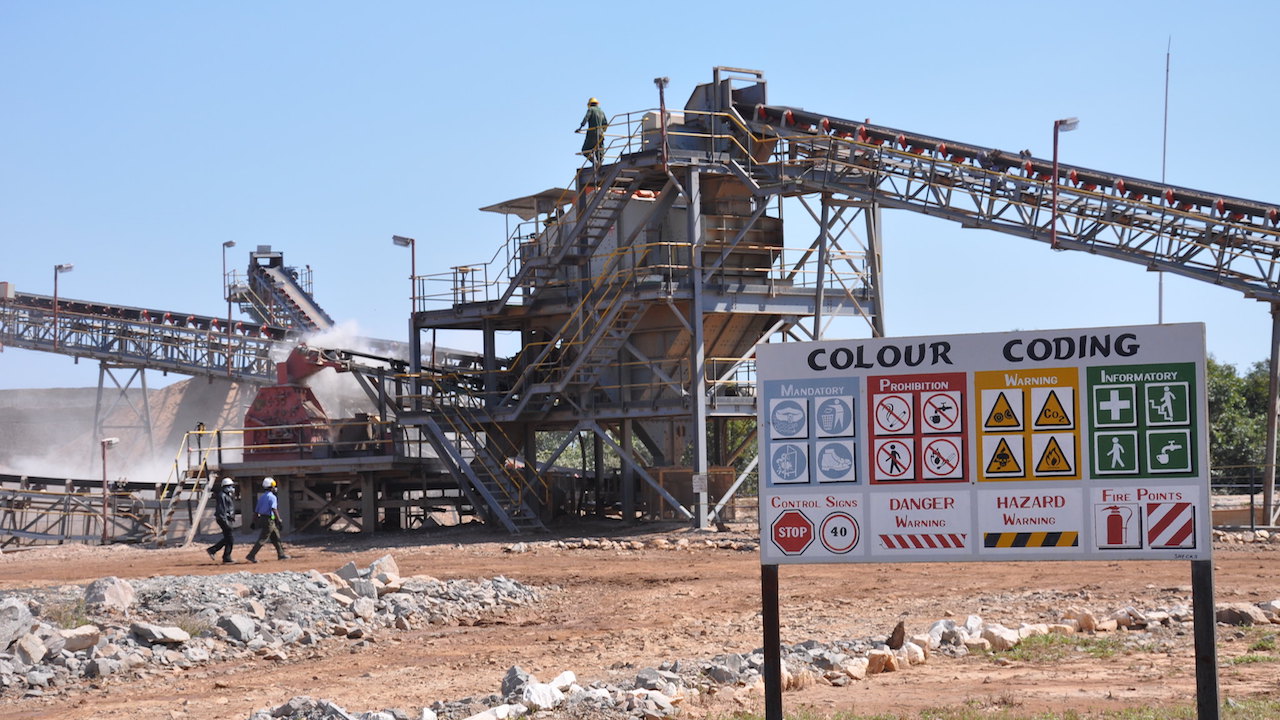Tin ticks all the commodity supercycle boxes

(The opinions expressed here are those of the author, Andy Home, a columnist for Reuters.)
Tin remains the superstar of the London Metal Exchange (LME) industrial metals pack.
At $37,350 a tonne LME three-month tin is up 77% since the start of the year, far outstripping aluminium, which is the second-strongest performer with a gain of “only” 26%.
The London tin market has been characterised by extreme supply tightness since February. The premium for cash metal closed last week at $1,050 a tonne, a level that was unprecedented until this year.
LME stocks total only 720 tonnes, having failed to rebuild despite the huge incentive for physical delivery. Shanghai Futures Exchange inventory is down to 1,256 tonnes and between them the two terminal markets hold enough tin to cover a minimal two days of global demand.
There have been a couple of flash crashes in recent months and there could be more. But even if blown 20% off course by a tsunami of selling, tin would still be priced close to pre-2021 historical highs.
If a supercycle means a permanent shift higher in pricing, then tin ticks the right boxes.
Repricing tin
LME tin is expected to average $30,580 a tonne next year, according to the 16 analysts who participated in the most recent Reuters base metals poll.

The lowest forecast was $25,250, significantly above the most bullish forecast of $22,000 made in the January poll, which generated a mean expectation for prices to average $19,800 a tonne in 2022.
It’s clear there has been a fundamental rethink about tin’s long-term pricing environment.
Fitch Solutions is just one of many to make upward revisions to price expectations. It has just lifted its 2022 forecast from $26,000 to $32,500 a tonne.
Fitch analysts expect “the tin market’s fundamentals to ease slightly going into 2022, driven by supply increases” but “to remain on a firm uptrend in the coming decade” with an average price of $35,500 by 2030.
Supply incentive
The common theme behind these elevated forecasts is that tin needs a period of sustained higher pricing to provide the incentive to boost supply.
The global supply chain, which is dominated by a handful of producers, has been profoundly shaken by covid-19 and some sort of normalisation is expected over the coming months.
Malaysia’s MSC is hoping to restore capacity after a series of furnace failures and lockdown measures while China’s producers appear to have largely escaped the country’s latest energy crunch. Chinese tin production rose by 2.8% month on month in October and cumulative output was up by 15.1% over the first 10 months of the year.
China has flipped to being a net exporter of refined tin this year to the tune of 9,800 tonnes. Shipments of 1,107 tonnes in September included 291 tonnes to the Netherlands, 225 tonnes to Italy and 40 tonnes to Romania, attesting to the gaps that have opened up in the European physical supply chain.
However, Chinese producers have become increasingly reliant for raw material on neighbouring Myanmar, which has emerged as the world’s third-largest supplier over the past decade.
Tin has a long history of big geological finds by artisanal miners and Myanmar is the most recent example, albeit one that is already showing signs of grade depletion.
Investment in the official mining sector, by contrast, has remained extremely patchy, with tin falling below the radar of both investors and larger mining companies.
If that is to change, the price will have to move into a higher range and stay there for a couple of years to attract serious investment in new production capacity.
Demand reboot
The reason the tin market needs more supply is because its usage profile has changed in the past 10 years, positioning it to benefit from the energy transition and a fourth industrial revolution.
Although commonly associated with the tin can, packaging accounted for only about 12% of global refined tin usage last year, according to the International Tin Association (ITA).
The biggest share of last year’s demand – 48% – came from the electronics sector, where tin is used to solder circuit boards. And booming demand for electronic goods is expected to drive a 7.2% surge in global tin usage this year, the ITA’s annual survey of tin users showed.
Consumers will try to reduce tin usage, but miniaturisation of tin solders has been a running sectoral theme for the past decade and one that is reaching its technical limits. Indeed, tin should benefit from the final stages of the phase-out of lead in soldering over the next couple of years.
The energy transition and the so-called internet of things just ticks more boxes for tin use whether it be in electric vehicles, photovoltaic cells or 5G infrastructure.
Supercycle metal
Tin has been described as the forgotten foot-soldier of the green energy transition. It’s the metal that slips between the cracks and still doesn’t attract nearly as much media coverage as lithium, nickel and copper.
But it is showing every sign of being the first to experience a pricing supercycle.
Demand has changed structurally from the days when most tin went into cans of long-life foods. The metal is literally hard-wired into all things electronic, opening up an ever broader spectrum of next-generation usage.
Supply, by contrast, has been challenged to the point that the ITA estimates that the global refined tin market registered supply deficits in four out of the five years before 2020.
The official mining sector has suffered from decades of underinvestment and it is arguable that tin has avoided a supply crunch before now thanks only to artisanal finds.
Relying on chance discoveries by the informal sector is not a sustainable supply solution in any sense of the word.
The newly minted consensus among analysts is that tin pricing has to go super-cyclical to balance the market over the coming years.
(Editing by David Goodman)
More News
Trafigura starts arbitration against Zambian state-owned company
The arbitration relates to a copper prepayment deal with ZCCM Investments Holdings Plc dating back to 2021.
March 31, 2025 | 08:07 am
Uranium market freezes as tariff threats rattle would-be buyers
The U.S. uranium market is griding amid Trump’s tariff threats.
March 31, 2025 | 07:08 am
{{ commodity.name }}
{{ post.title }}
{{ post.excerpt }}
{{ post.date }}



Comments